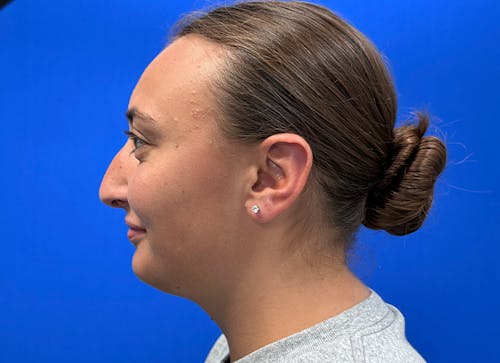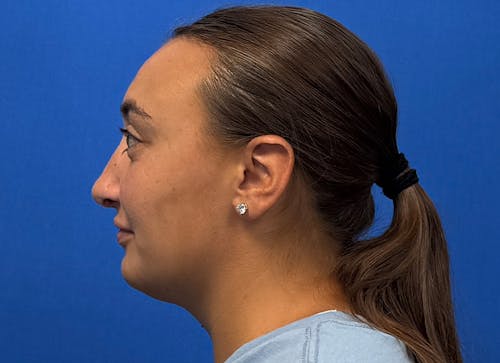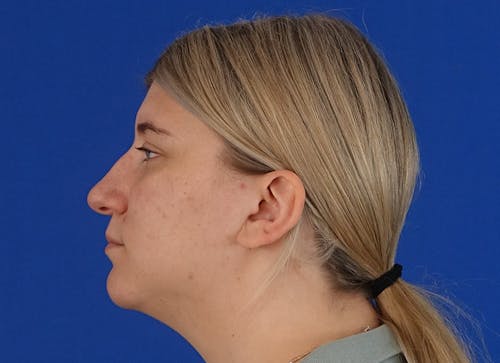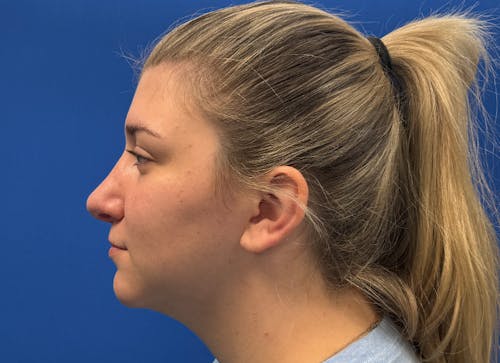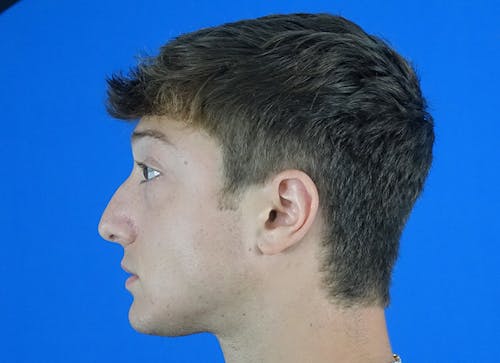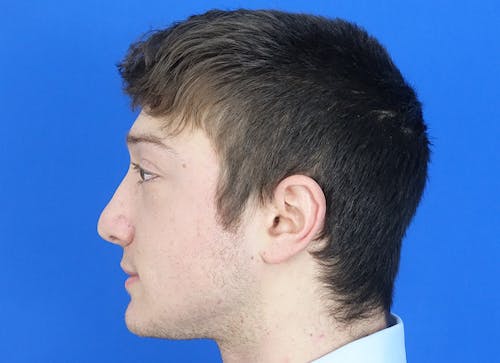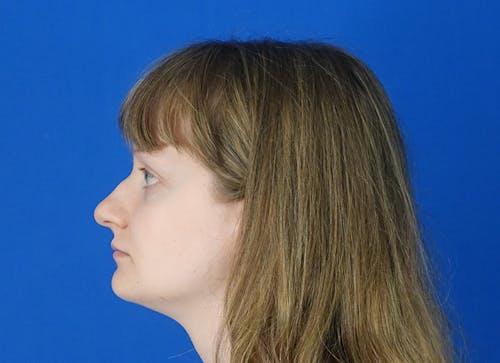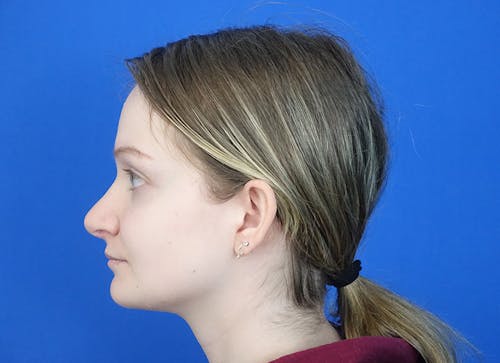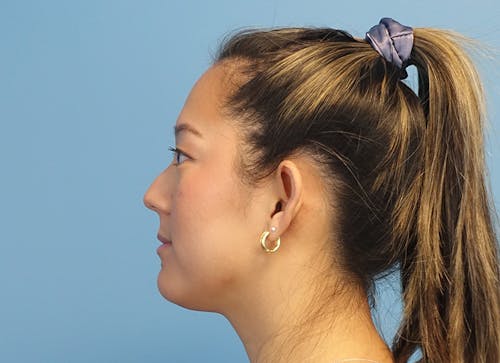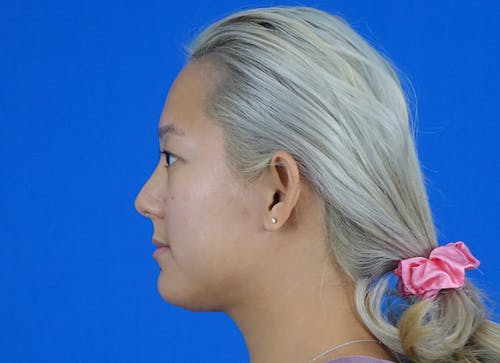The nose should be assessed from the 1) frontal, 2) lateral, and 3) basal views.
Nasal Analysis
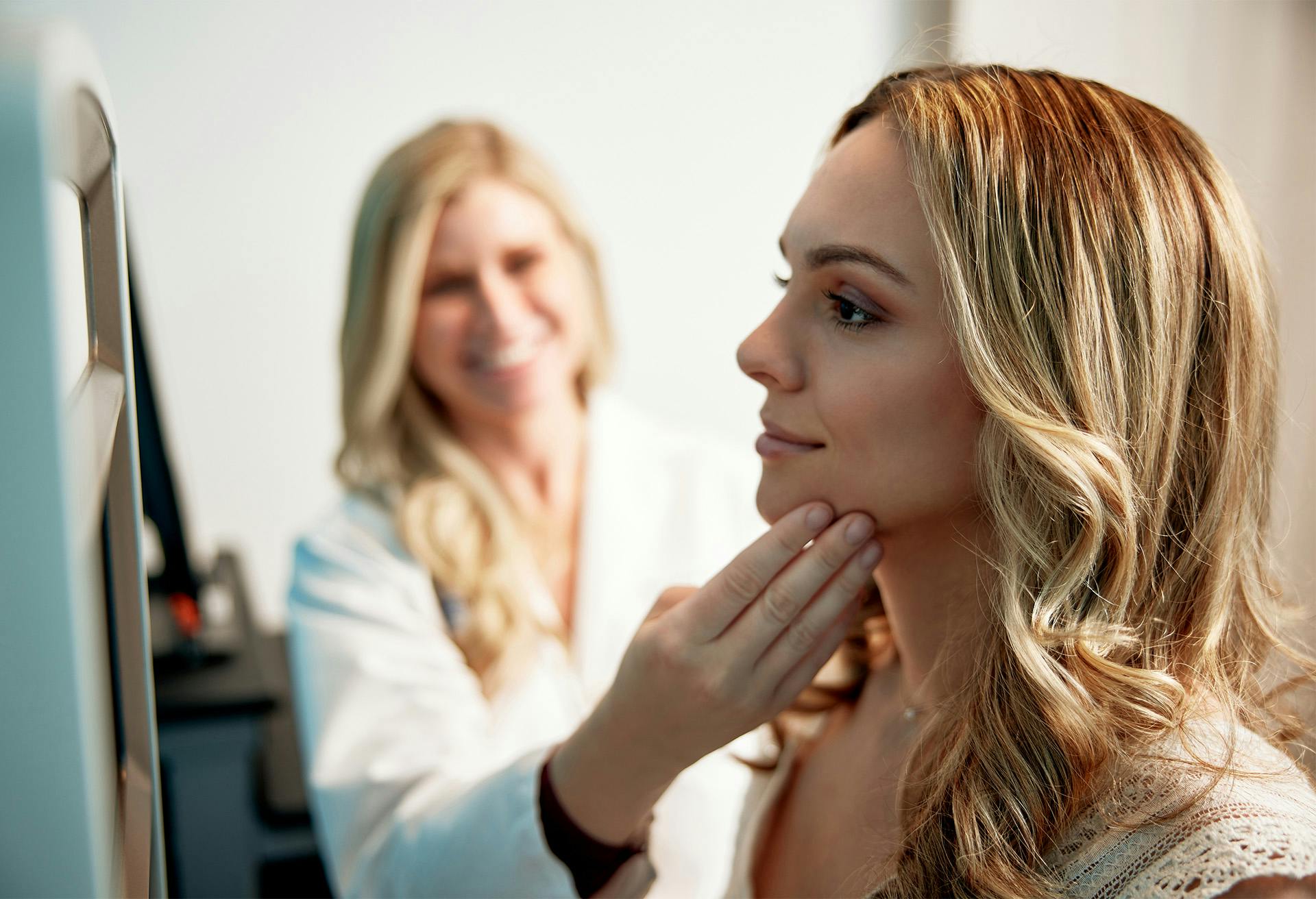
Analysis of the Frontal View
Symmetry
A lack of symmetry of the nose may be a sign of a deviated septum (the cartilage that separates the right and left nostrils). A deviated septum is often associated with difficulty breathing.
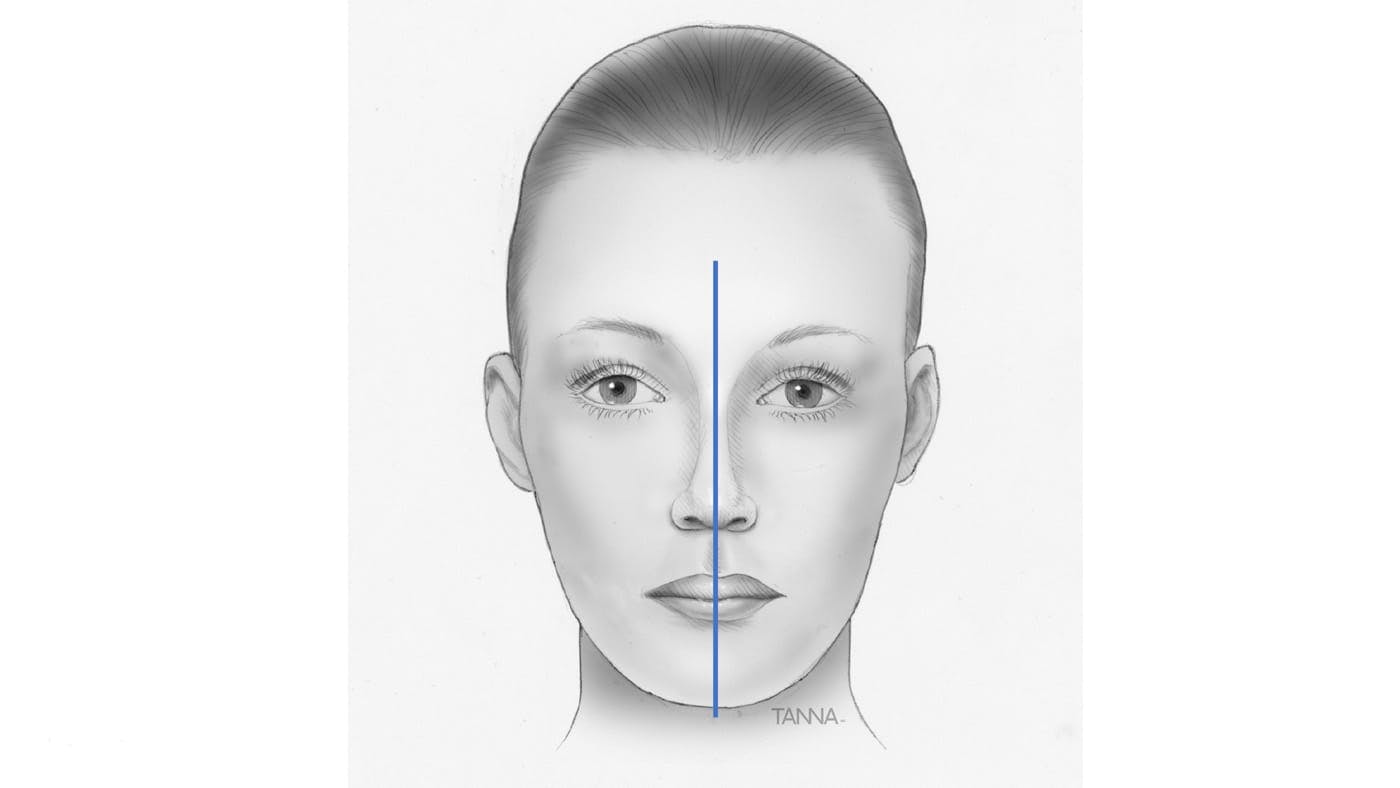
Dorsal Aesthetic Lines (DAL)
Ideally, the bridge of the nose should be contoured by two slightly curved lines that are symmetric and smooth.
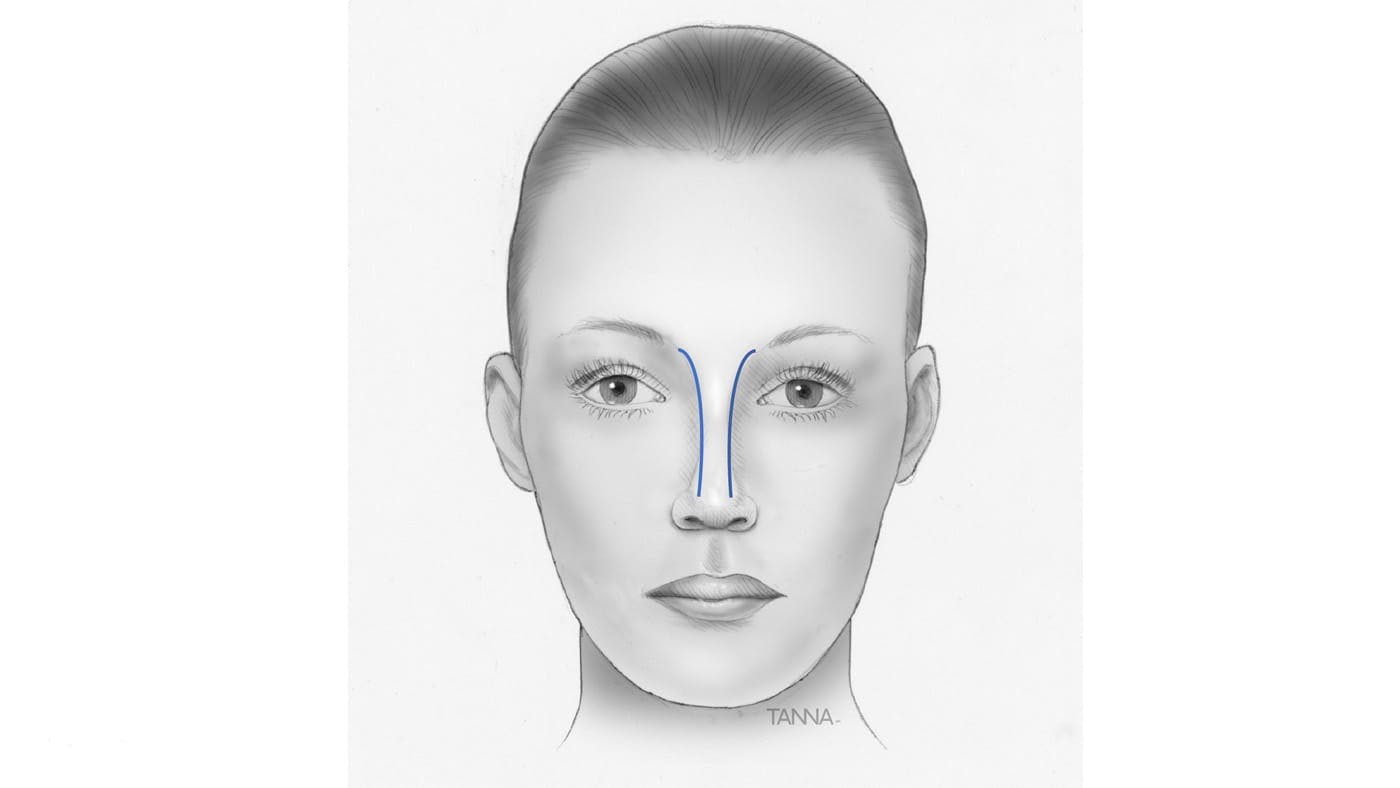
Nasal length
Generally, the length of the nose should be roughly equal the height of the forehead and the lower portion of the face.
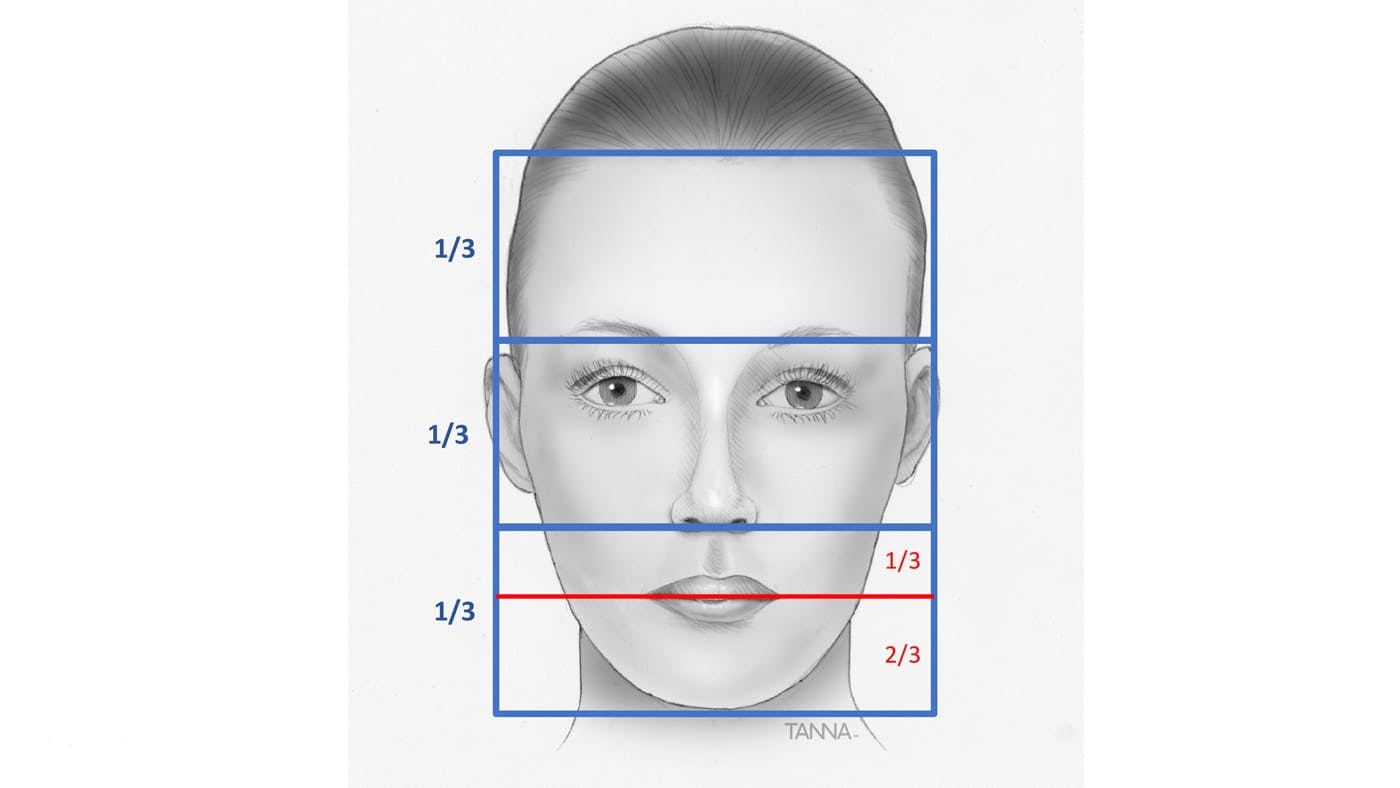
Width of Alar Base (Distance between the outer edges of the nostrils)
The width of the alar base should be equal to the distance between the two inner corners of the eyes.
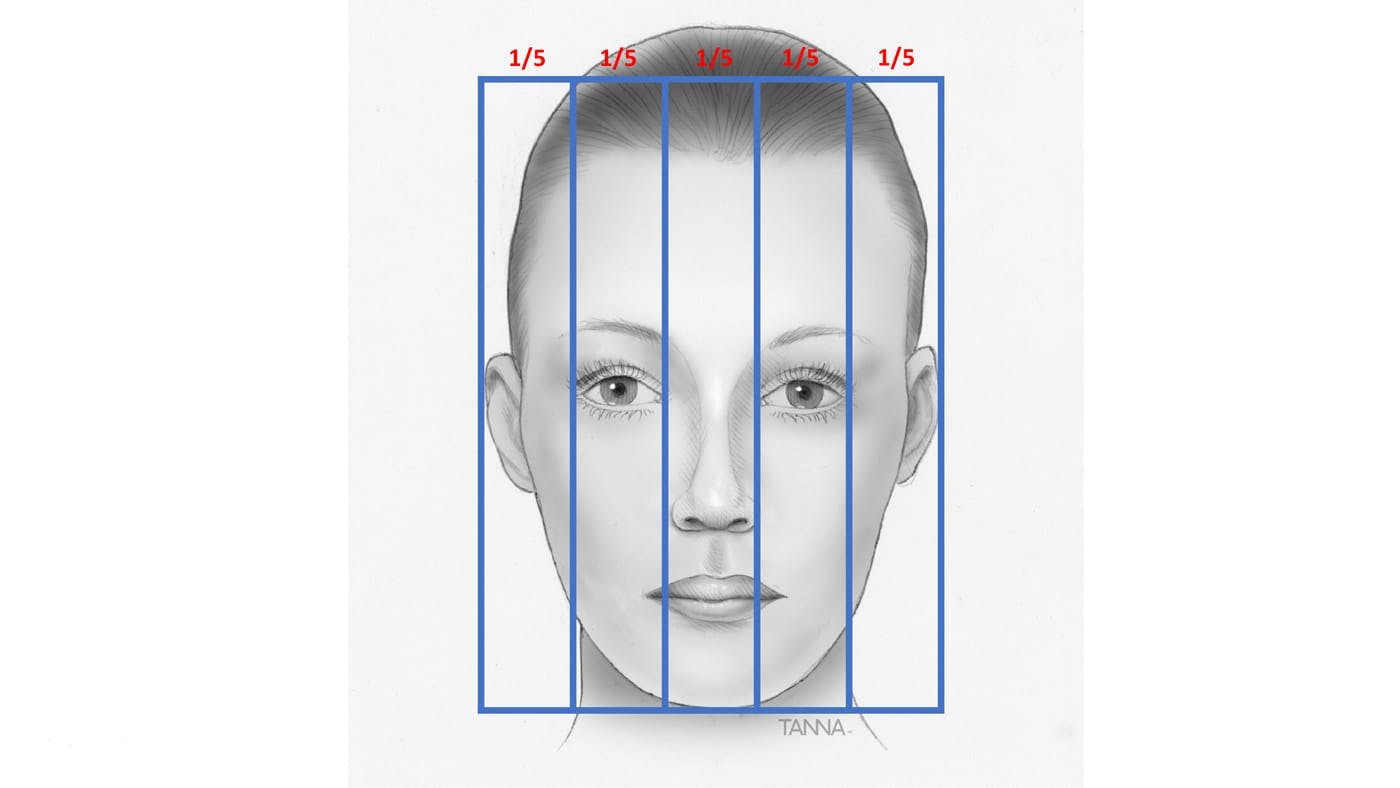
Width of Bony Base (Width of the bone in your nose)
The width of the bony base should be 75-80% of the alar base width.
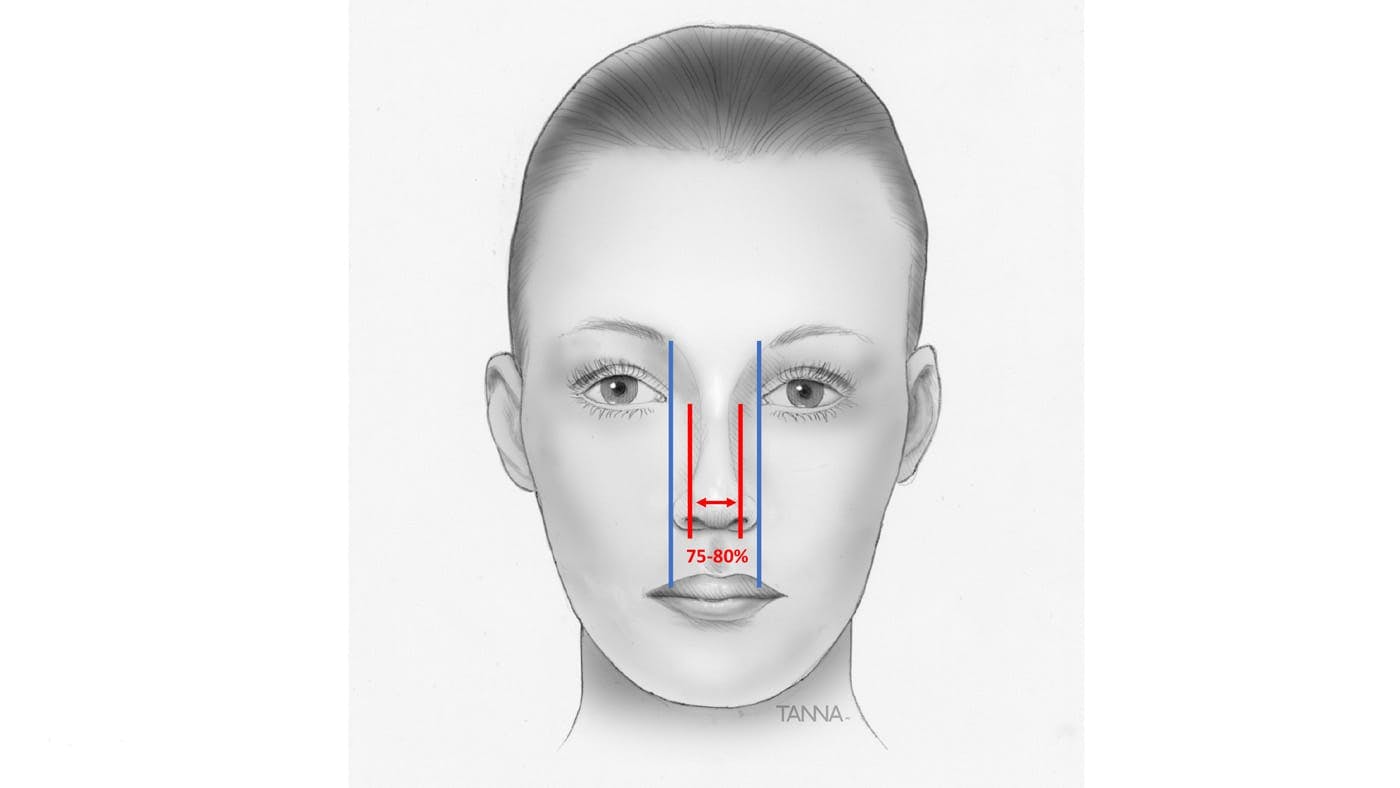
Alar Rims (Outline of nostrils)
The alar rims should have a slight outward flare and take on the shape of seagull wings with a gentle curve.
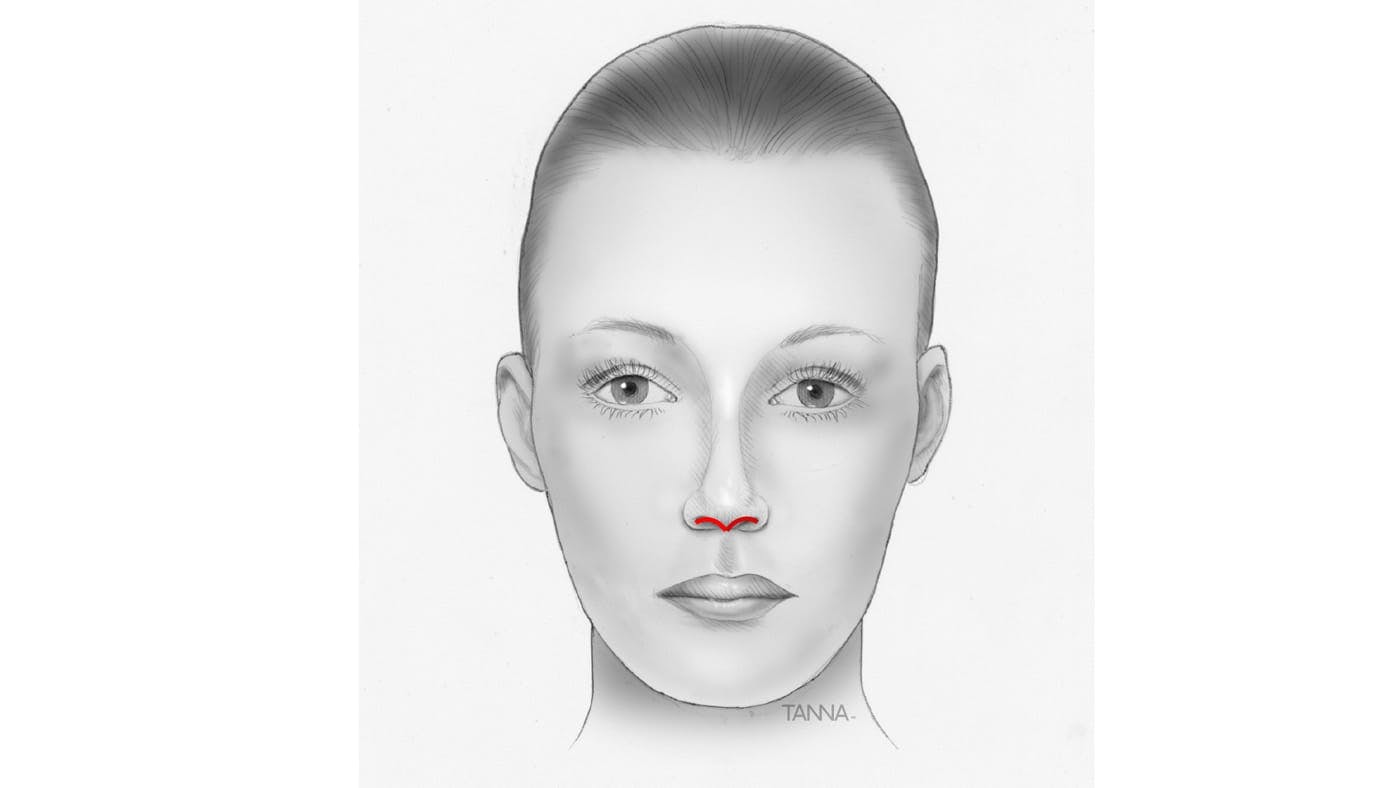
Tip Shape
The tip of the nose can be marked using four landmarks at the supratip break (the point where the bridge and tip meet), right below the nose, and on either side of the tip. Straight lines that connect these four points should resemble two equilateral triangles that face opposite directions. This analysis can reveal a bulbous or pinched nose.
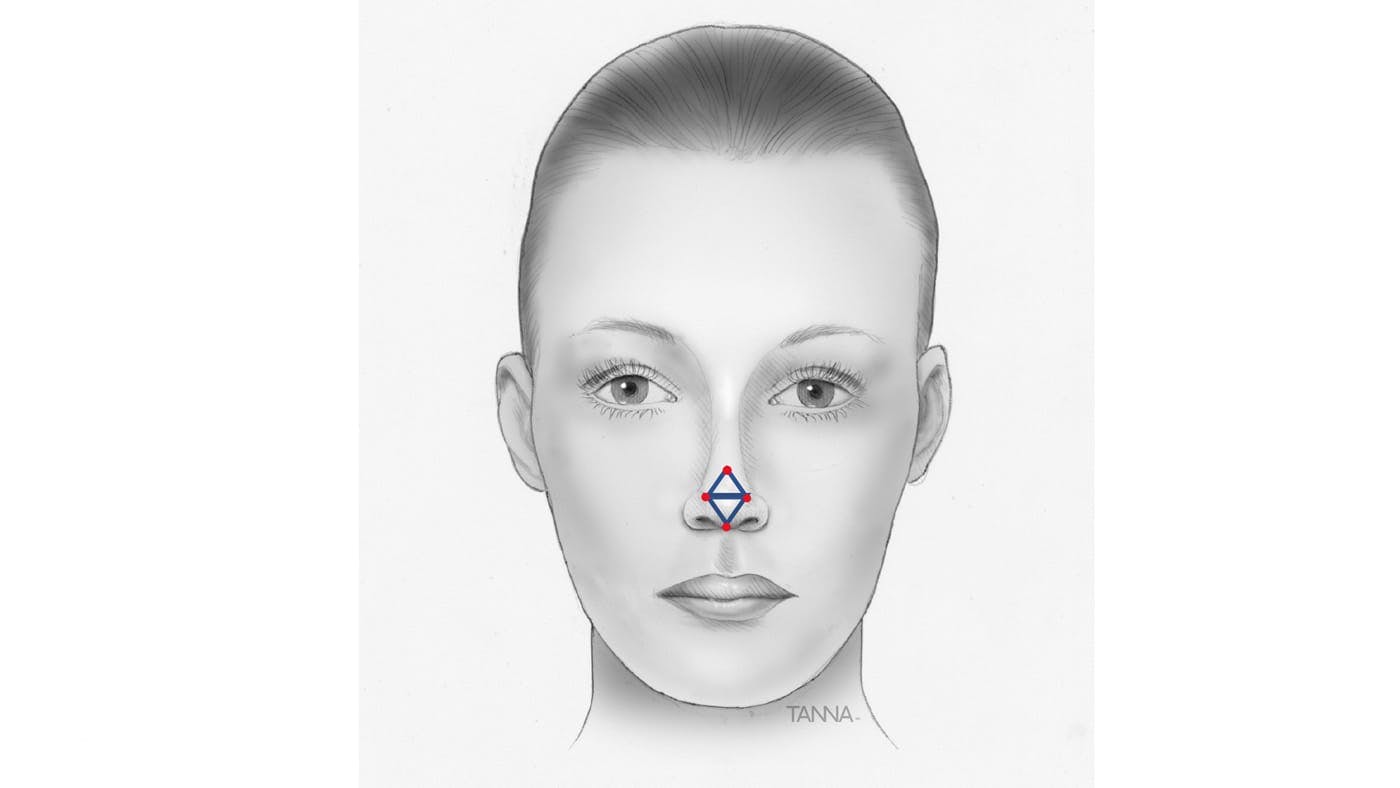
Schedule A Consultation
Contact Us
Analysis of the Lateral View
Nasofrontal Angle
The angle is formed at the juncture where the line from the glabella (forehead) to the nasion (bony depression between the eyes) crosses the line from the nasion to the tip. This angle should be between 115-130 degrees and is usually greater in females than males. A large nasofrontal angle can give an illusion of a long nose, while a small nasofrontal angle may create the illusion of a short nose.
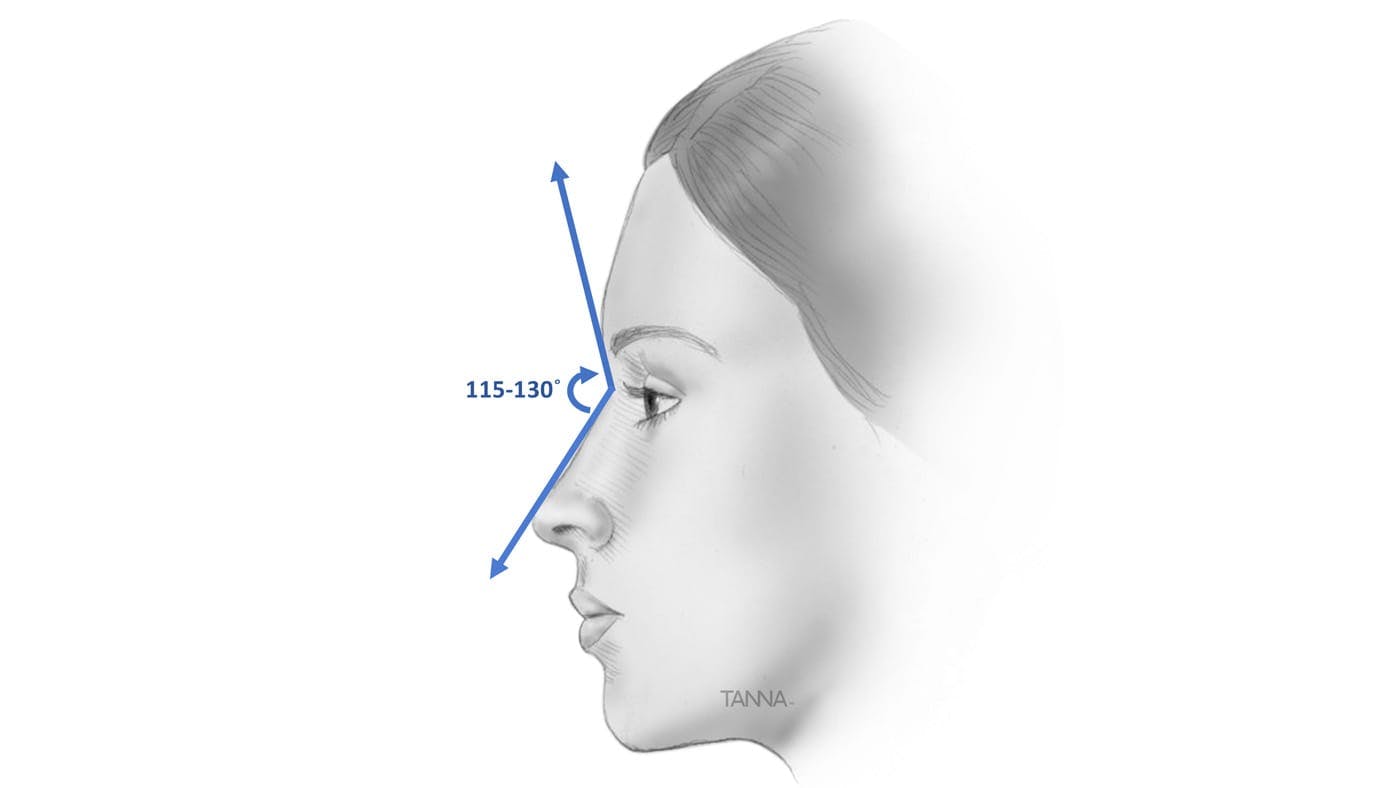
Supratip Break (point where the nasal bridge and tip meet)
A slight supratip break enhances nasal definition and distinguishes the dorsum from the tip. A supratip break is often preferred in women but not in men.
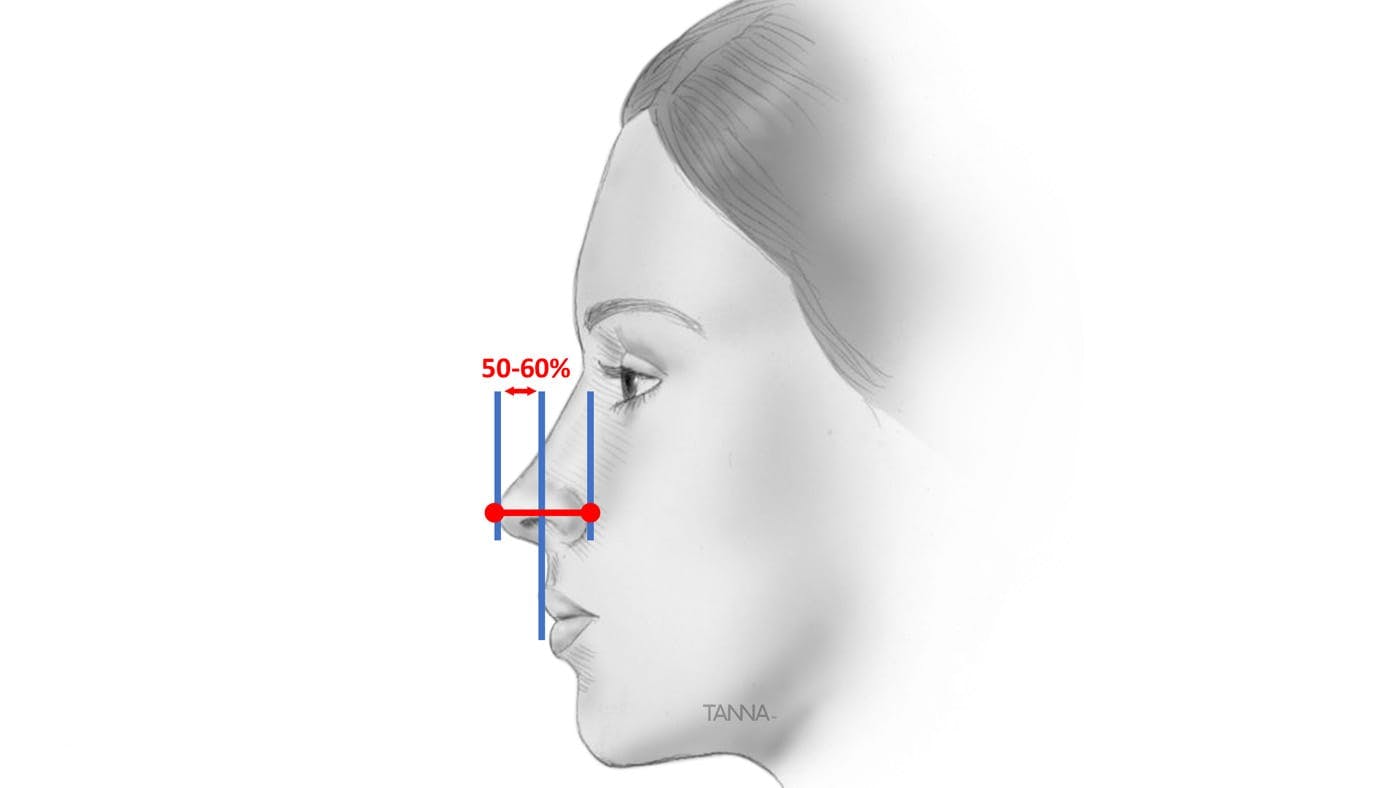
Tip Rotation
The nasolabial angle is measured at the juncture between the columella (the tissue between the nostrils) and the upper lip and can be used to assess tip rotation. The ideal nasolabial angle is between 90-120 degrees. A more obtuse angle within this range is preferred in women, while an angle closer to 90 degrees is preferred in men.

Columellar-Lobular Angle
The columellar-lobular angle, which is formed at the juncture between the columella (the tissue between the nostrils) and the bottom-most part of the tip is considered normal at 45 degrees. An acute columellar-lobule angle is often associated with a long upper lip.
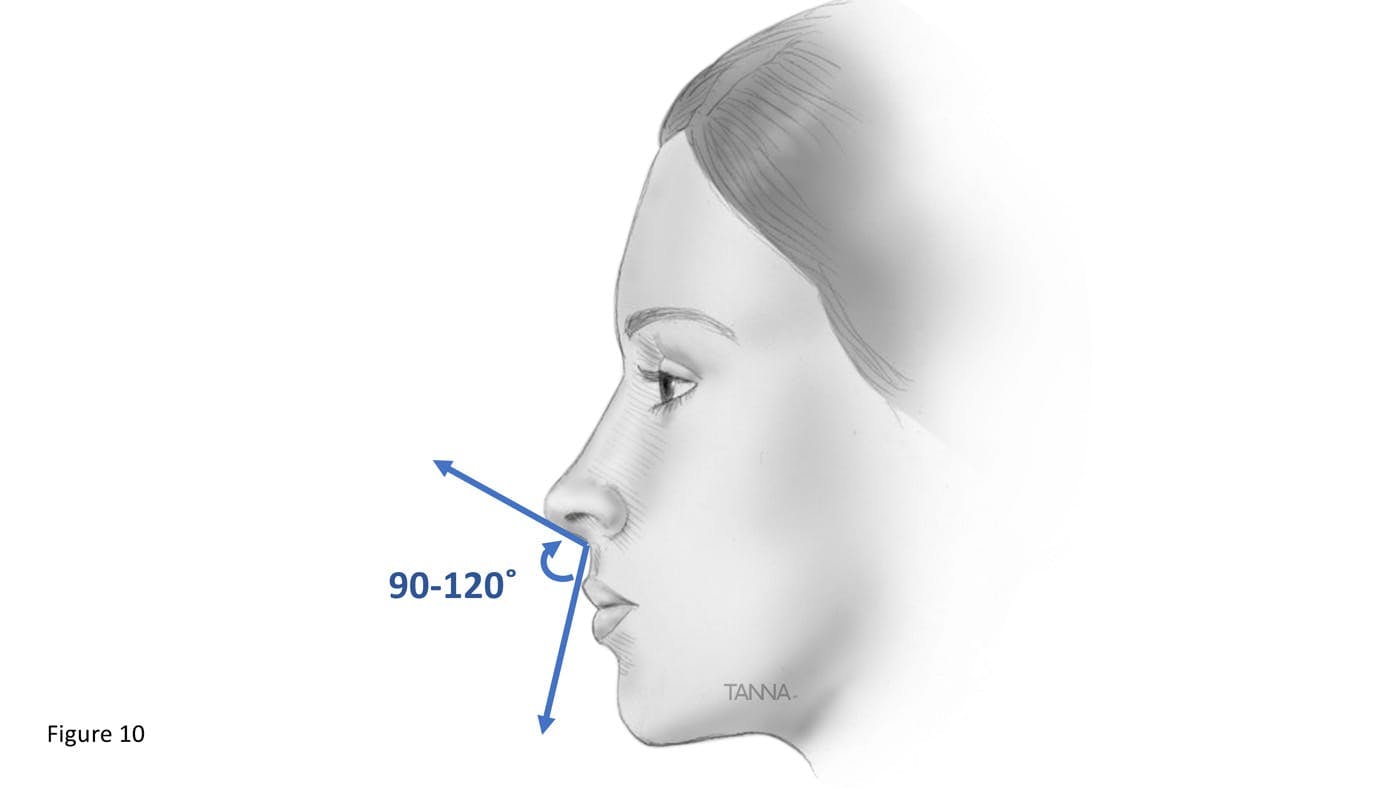
Relationship with chin and lips
The upper lip should project about 2mm beyond the lower lip and in most women, the chin will be slightly posterior to the lower lip (2-3mm). In men, the chin may be slightly longer.
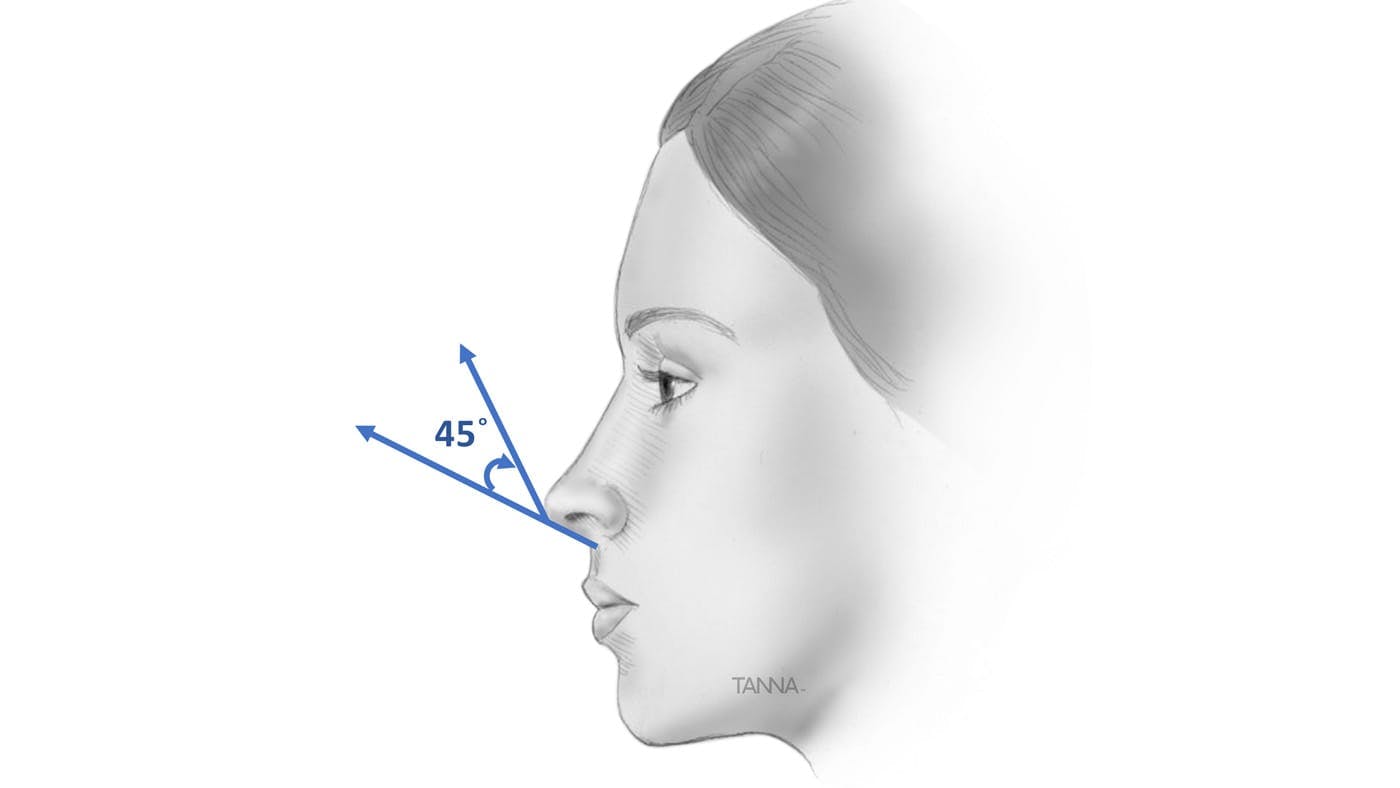
Dorsal Profile
The dorsal profile can be smooth, convex (humped), or concave (scooped-out). In females, a slight concavity is often preferred, whereas, in males, a minor dorsal hump may be acceptable or even desirable.
Tip Projection
To assess nasal tip projection, a line is drawn from the base of the nostril to the tip of the nose. Tip projection is considered adequate when 50-60% of the nasal projection is in front of the most projected part of the upper lip. If it is greater than 50-60%, the tip may be over-projected and require reduction.
Analysis of the Basal View
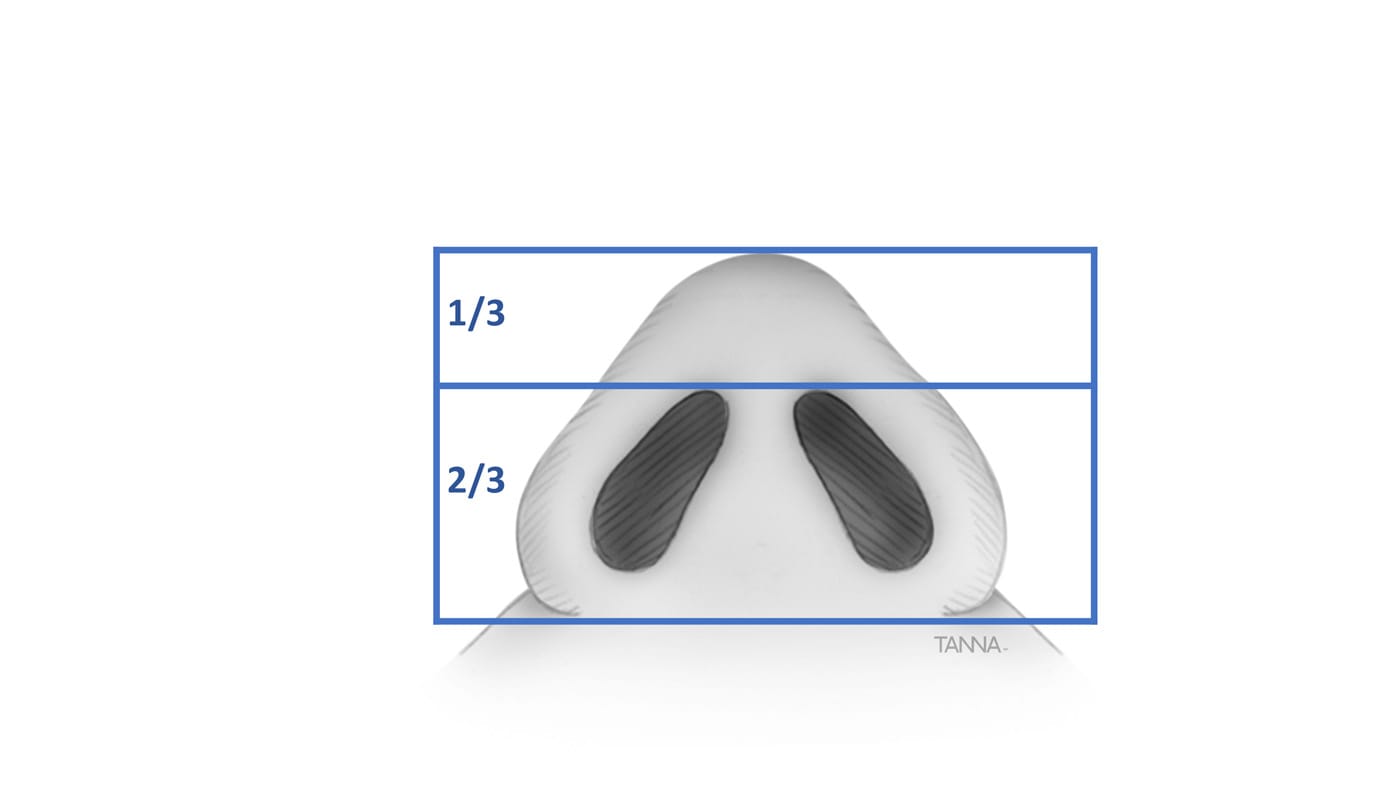
Symmetry
Signs of asymmetry or buckling can indicate a deviated septum or signal abnormalities in the underlying cartilage.
Shape
The outline of the nasal base should form a triangle with a slightly tapered apex that is not boxy or bulbous. The ideal tip lobule-to-columella ratio is 1:2.
Nostril Size and Shape
The ideal nostril shape is that of a teardrop with the long axis extending from the base to the apex angled 30 to 45 degrees toward the midline.
Other Factors to Consider
- Skin Quality: Thickness and quality of the skin and underlying subcutaneous tissue can influence the approach and outcome of surgery.
- Age: Aging is associated with weakening of the underlying cartilage and changes in skin quality.
- Gender: There are a few common anatomical and aesthetic differences between male and female noses. In comparison to females, males tend to have squarer faces, thicker skin, and a wider nasal dorsum than females. Additionally, a supratip break of the nasal tip and a slight tip rotation is considered to be aesthetically pleasing in females but not in males. Females also tend to prefer a smooth linear dorsum, whereas a small dorsal hump may be acceptable or even desired in males.
- Ethnicity: There are several well-documented differences in nasal proportions across patients of various ethnicities that can influence surgical goals and planning.

